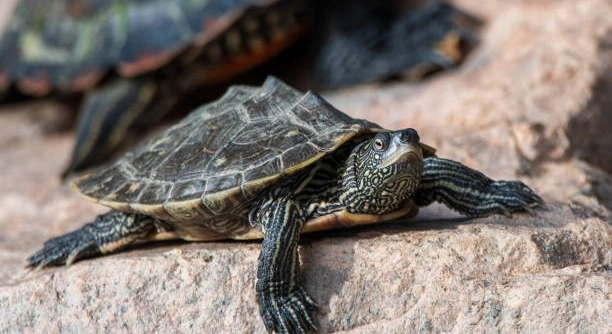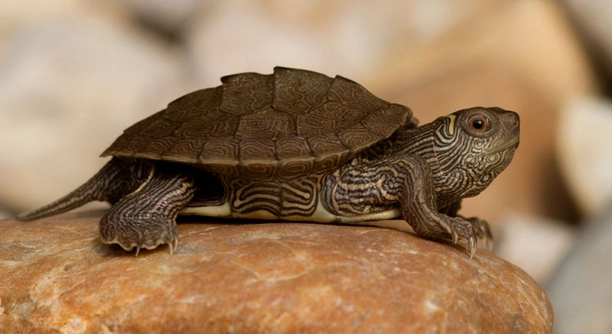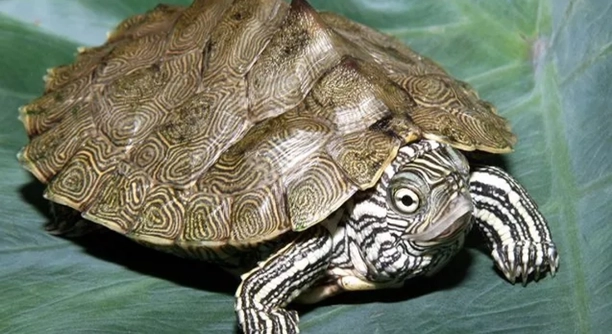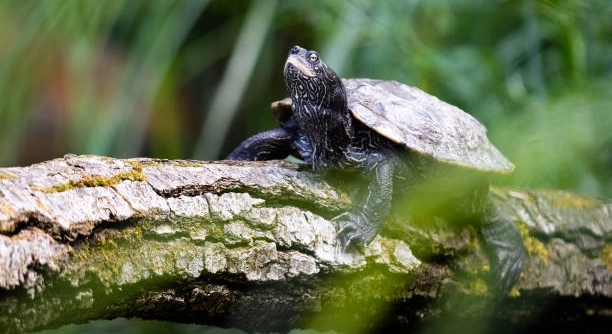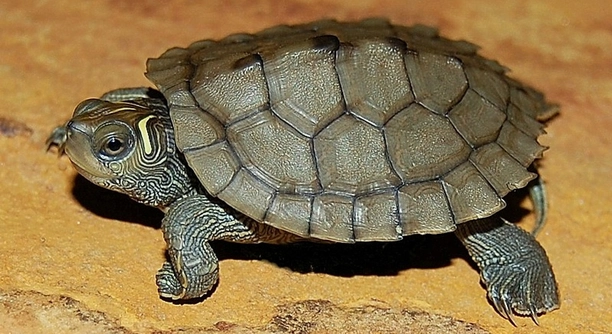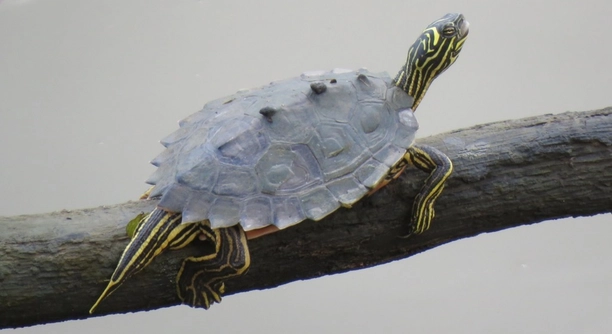7 Traits That Indicate High-Quality Captive Map Turtles
Paragraph 1:Caring for captive map turtles can be a rewarding experience, but identifying high-quality individuals is key. Whether you’re a first-time turtle owner or an experienced keeper, knowing the signs of a healthy, thriving turtle matters. Paragraph 2:High-quality captive map turtles display healthy shells, clear eyes, and active behavior. Their skin should appear smooth and … Read more

